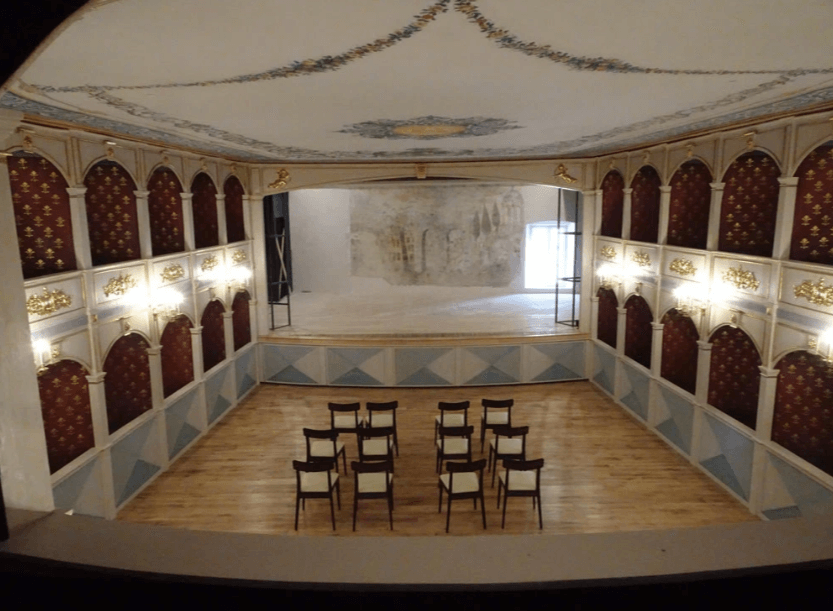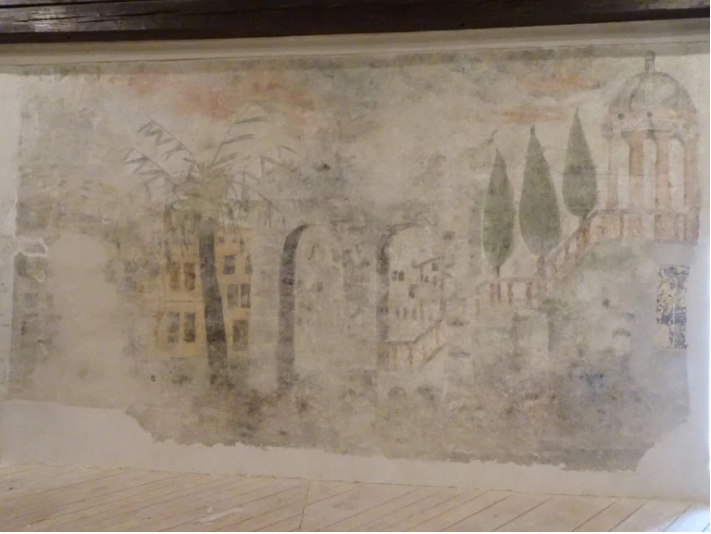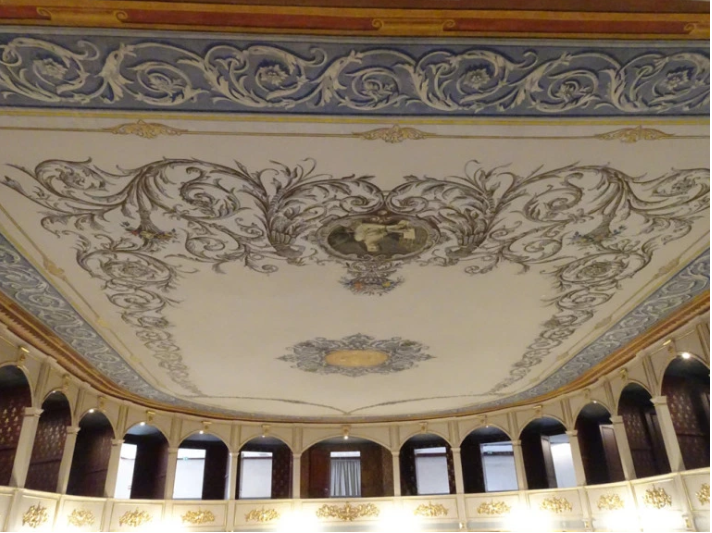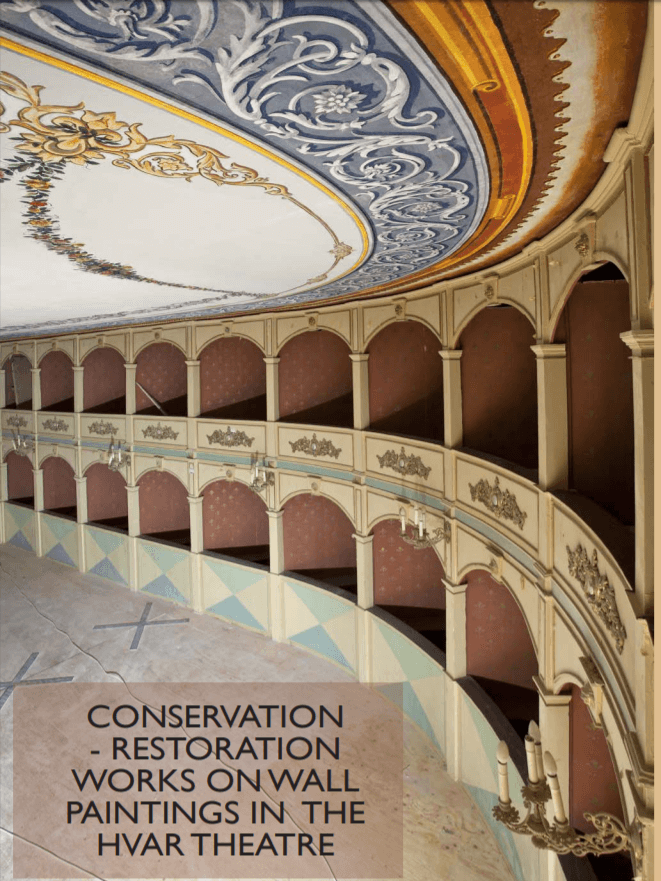Europe's Oldest Public Theatre, Hvar's New Culture and Fashion Hot Spot
May 30, 2019 - There is a new entertainment hot spot on the island of Hvar, one which is more than 400 years old - the multi-functional oldest public theatre in Europe.
It was closed for almost 20 years for renovation, but it seems that Hvar fully intends to make maximum use out of its newly renovated cultural treasure, the oldest public theatre in Europe, which dates back to 1612.
The theatre, which lies on the first floor of the imposing Arsenal building which guards the entrance to Hvar Town's majestic main square, reopened earlier this month with a series of plays in the first few days.
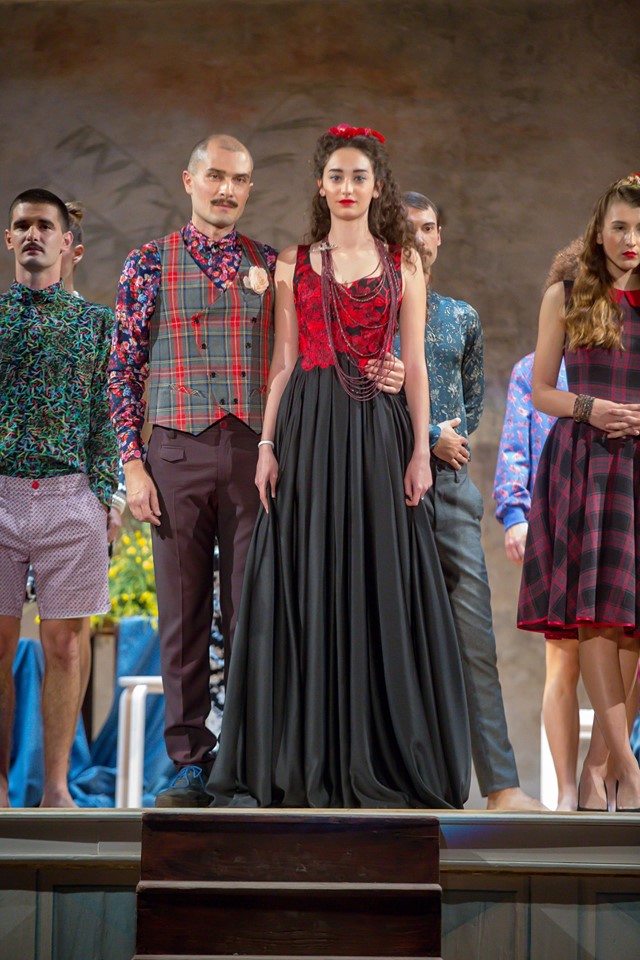
But the theatre, which is open to visitors during the day, is already showing its potential as a multi-functional meeting point and entertainment centre.
The latest event to be held at the theatre was a fashion show from the island's leading fashion designer, Toni Caric Rico.
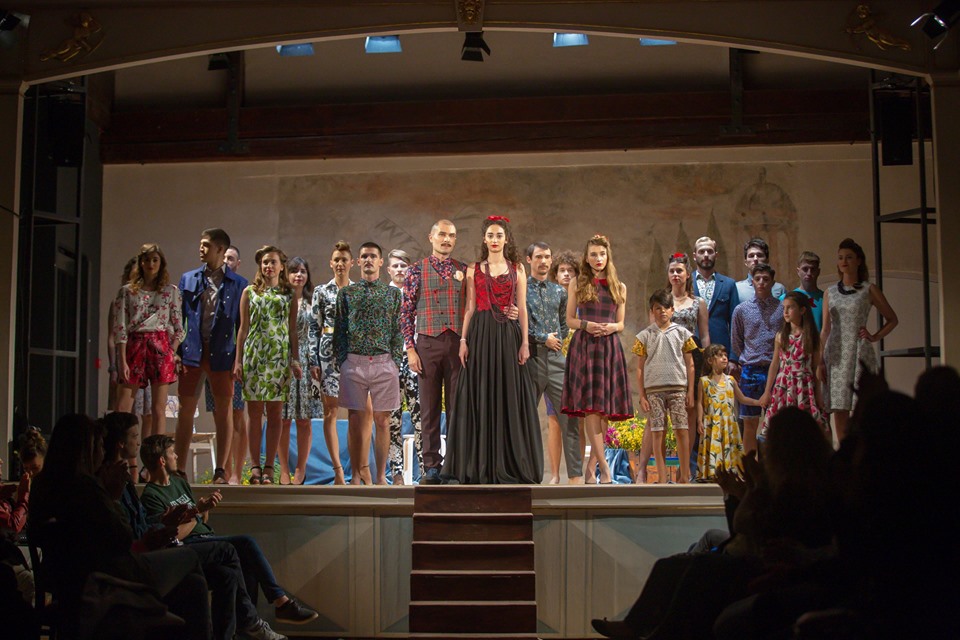
A glorious setting for his innovative work, and the evening was by all accounts a great success.
Fashion for the future and traditional dance from yesteryear, the theatre also recently hosted a Hvar Theatre Ball, where guests were also invited to dress up and participate. Many thanks for to Katia Zaninovic Dawnay for the video footage.
Looking to enjoy the theatre and its spectacular location from the comfort of your living room? Take a drone tour with Jaksa Kuzmicic in the this excellent video.
To learn more about the island of Hvar, check out the Total Croatia Hvar in a Page guide.
Dance in the Oldest Public Theatre in Europe at the Hvar Theatre Ball
May 9, 2019 - Days after the reopening of the oldest public theatre after 20 years of renovation, an invitation to dance at the Hvar Theatre Ball.
First came the theatre performances, now comes the dancing.
It has been a strong heritage start to the season for Hvar Town with the reopening of the oldest public theatre in Europe on May 1. The opening three nights featured theatre plays which were fully attended (entrance was free).
And this Sunday will see an altogether event, as it seems that the local authorities intend to make full use of its heritage jewel after so many years of it being closed.
There is an open invitation for all to come to the theatre on Sunday at 20:30 to take place in the Hvar Theatre Ball.
The lead will be taken by local folklore society, Saltin, with music provided by Gradska Glazba Hvar. All are encouraged to join in and dance.
It should be a wonderful evening. If you would like to learn more about the theatre, this excellent interview with art historian professor and author of a book on the first 400 years of the Hvar theatre, Mirjana Kolumbic, goes into great detail.
And for a tour of the theatre, take a look at this fabulous drone footage, shot by Jaksa Kuzmicic for the Hvar Tourist Board.
To learn more about the island of Hvar, check out the Total Croatia Hvar in a Page.
Take a Video Tour of Europe's Oldest Public Theatre on Hvar, Croatia: Stunning!
The oldest public theatre in Europe reopened on May 1, 2019 on the island of Hvar, Croatia. Take this beautiful video tour.
It opened in 1612, the first public theatre in all Europe, a sign of the level of culture on the island of Hvar during Venetian rule over 400 years ago.
Closed for 20 years for renovation, the Hvar public theatre reopened earlier this week for the first in three initial performances, as previously reported on TCN.
A beautiful new drone video from Jaksa Kuzmicic takes us not only into and around the new theatre, but also places the theatre in its historical, on the main square of Hvar Town, and opposite the site where organised tourism began in Europe in 1868. This site will shortly be reopening with Hotel Palace Elisabeth, the first 5-star heritage hotel on the island.
Check out the video below, and to learn more about why Hvar has the oldest public theatre in Europe, a very interesting TCN interview with art historian professor and author of a book on the first 400 years of the theatre, Mirjana Kolumbic, has the answers and much more.
To learn more about the island of Hvar, check out the Total Croatia Hvar in a Page.
Oldest Public Theatre in Europe Reopens on Hvar: Opening Night Pictures
May 2, 2019 - After being closed for 20 years for renovation, the stage of the oldest public theatre in Europe is entertaining audiences again on Hvar, Croatia.
It is a remarkable island, best known for its sun, lavender, beaches and nightlife, but the island has much more to offer, with several attractions which often surprise.
It is, for example, the island with the most UNESCO heritage in the world, the birthplace of the grandfather of dactyloscopy (that is fingerprinting to you and me), and the place where organised tourism began way back in 1868.
Oh yes, and it is also the home of the oldest public theatre in Europe, dating back to 1612.
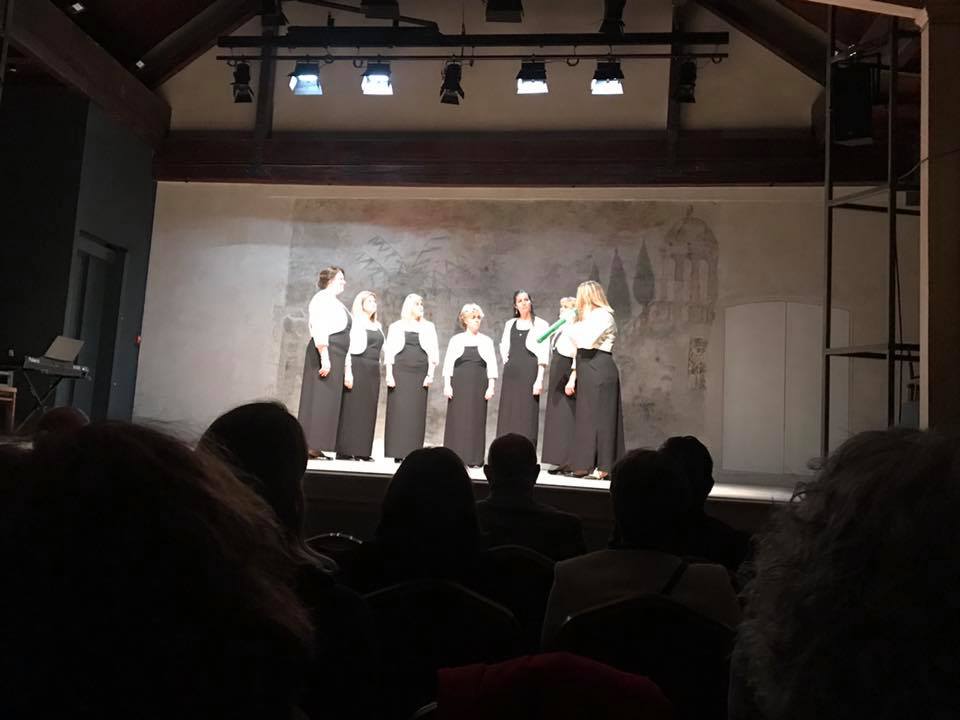
That's right, a Dalmatian island was ahead of the likes of Paris and Vienna in providing a public theatre. To learn more of the fascinating story, check out the recent TCN interview with Mirjana Kolumbic, art historian professor, senior museum curator, and author of a book on the first 400 years of the Hvar theatre.
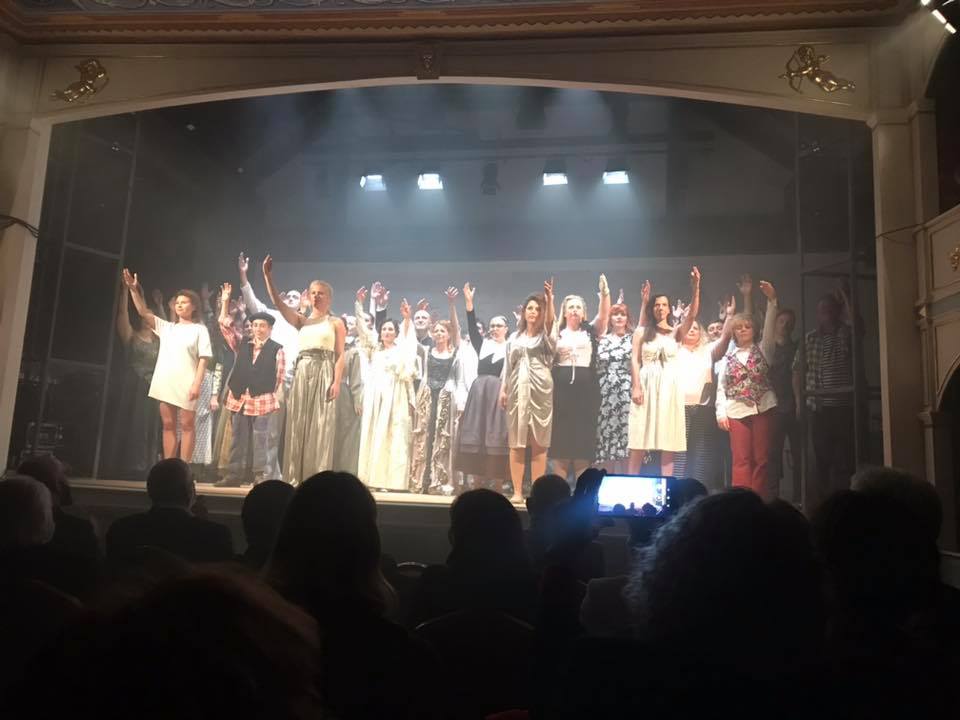
And last night, finally, the theatre was open again,
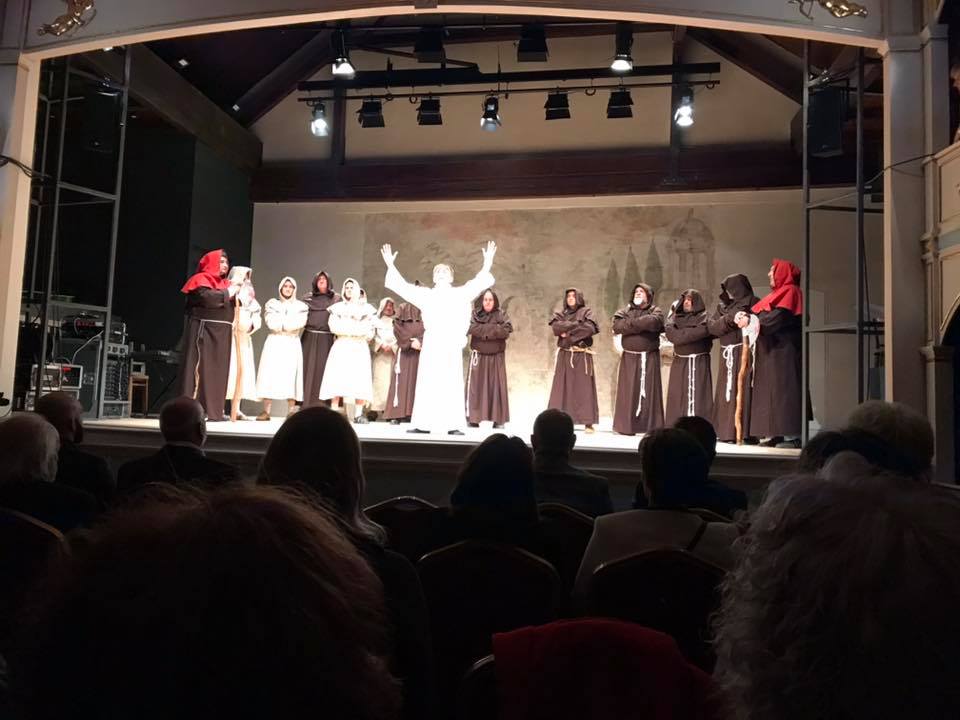
A packed audience was able to enjoy a range of Hvar culture, from theatre performances, to traditional dance and klapa music.
The theatre itself is located on the top floor of the imposing Arsenal building, which guards the entrance to Hvar's majestic main square, the largest in Dalmatia at 4,500 m2. The Arsenal will also be reopening this year, as will the Palace Elisabeth, hvar hertiage hotel across the square, the first 5-star hotel on this premier Croatian island.
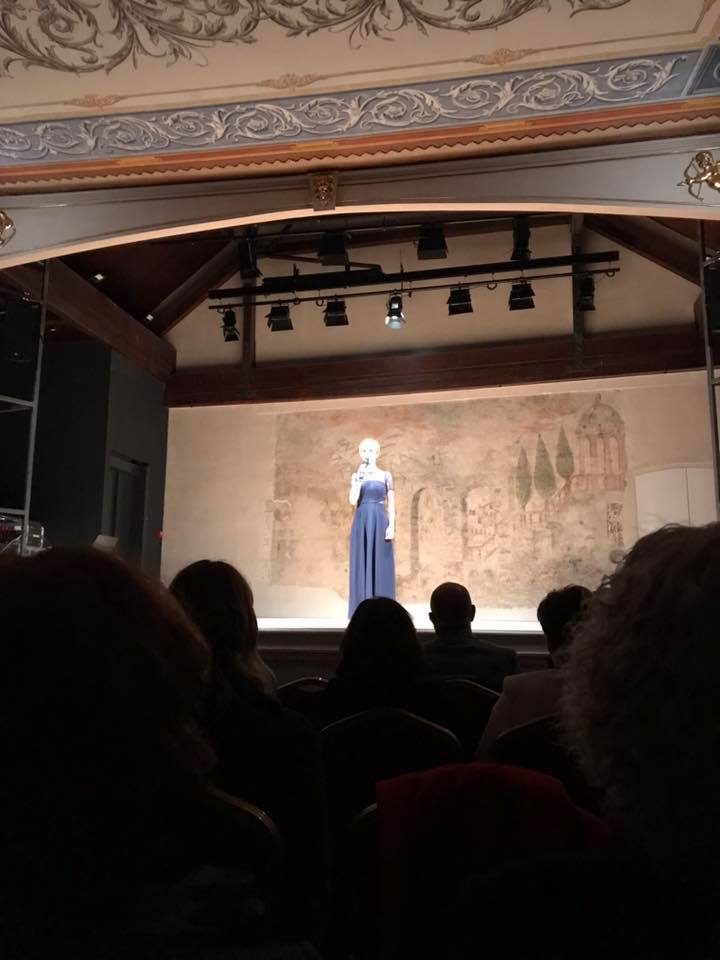
The theatre will be open to the public, with ticket prices for visiting, combined with the Arsenal, recently announced by the local authorities.
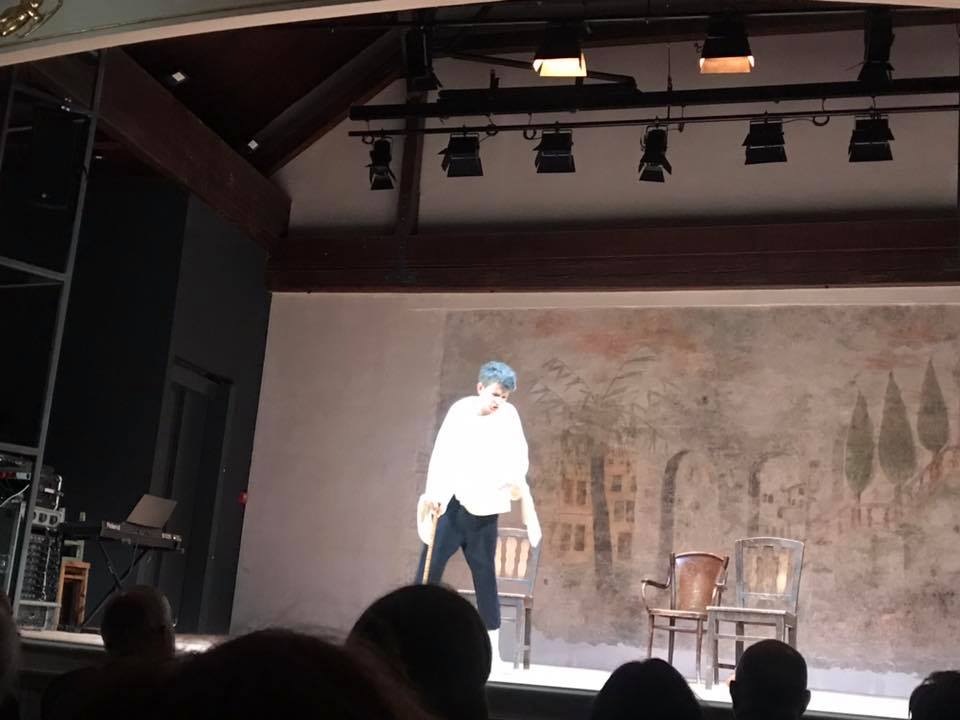
The theatre will be hosting its second performance tonight with a performance of Judita. Entrance is free, but all tickets have already been allocated.
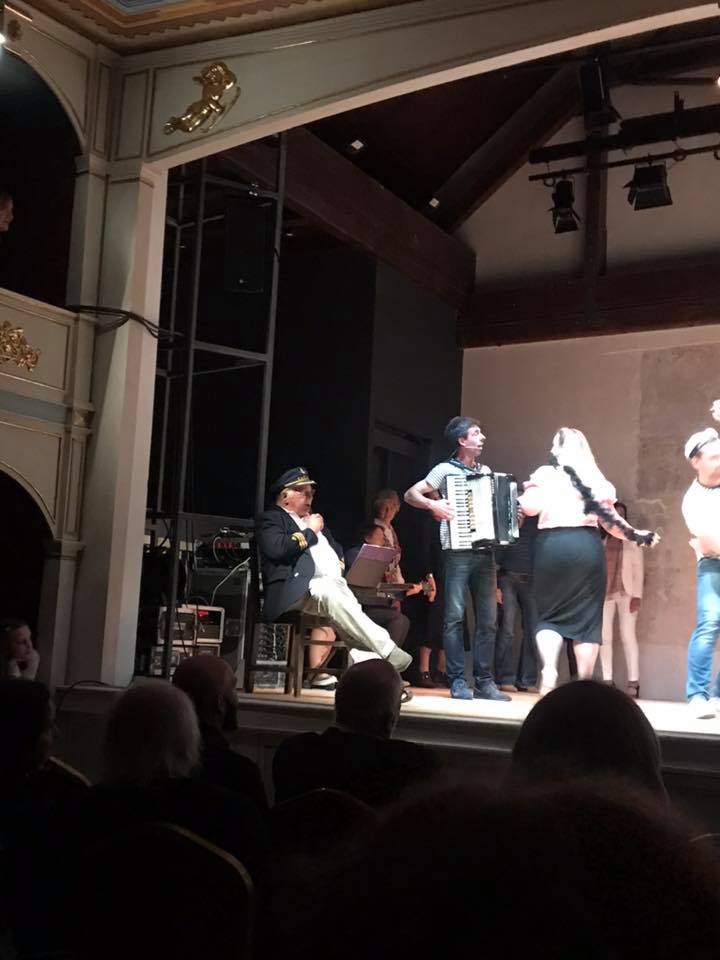
A magnificent addition to the Hvar tourism offer, and the reopening of the theatre, Arsenal and luxury Palace Elisabeth are in line with Hvar's new direction towards luxury tourism, as outlined in a recent TCN interview with new Hvar Tourist Board director, Petar Razovic.
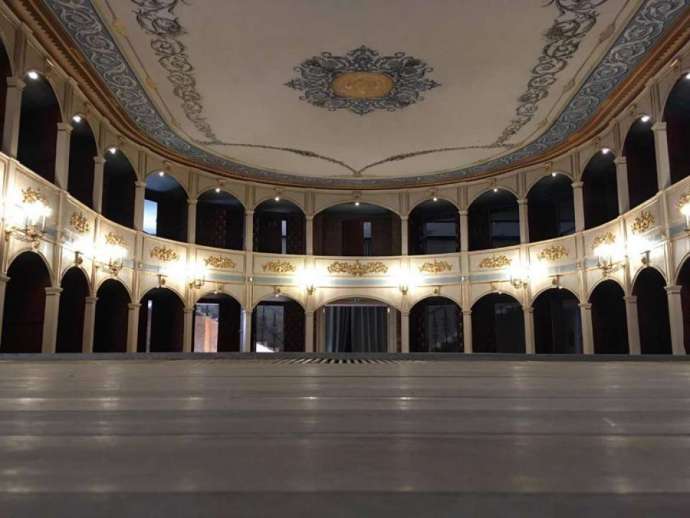
To learn more about the island of Hvar, check out the Total Croatia Hvar in a Page guide.
To follow the latest news from Hvar, follow the dedicated TCN page.

Europe's Oldest Public Theatre Set to Reopen on Hvar: Mirjana Kolumbic Interview
The oldest public theatre in Europe is set to reopen after 20 years on May 1, 2019. Ahead of this culturally significant event, TCN caught up with the woman who knows more about the theatre than anyone else, Mirjana Kolumbic. In addition to being an art history professor and retired senior theatre curator in the Hvar Heritage Museum, Mirjana also wrote a detailed and thoroughly researched book on the Hvar theatre to mark its 400th anniversary in 2012.
Mirjana kindly agreed to talk in detail about the oldest public theatre - its past, present and hopes for the future.

1. People are often surprised to hear that the oldest public theatre in Europe back in 1612. How did it happen that Hvar had such a theatre before anyone else?
The golden age of the Hvar Commune was from the 15th to the 17th century. It was a consequence of Hvar’s excellent geopolitical position, given that it is located in the middle of the Adriatic Sea at the crossroads of sea and trade routes. Venice knew well how to take advantage of this fact, declaring Hvar the harbour where its fleet would spend winters. Along with well-developed agriculture and fisheries, the products of which were primarily exported, Hvar was the youngest, but also the wealthiest commune of Venice at that time on the Adriatic.

As a traffic harbour, Hvar was also a meeting point for travellers, traders and owners, and hence the crossroads of cultures. At the same time, Renaissance writers, poets and chroniclers, such as Hektorović, Lucić, Pribojević and many others, were highly educated people whose works greatly affected their environment, as well as Renaissance literature in general. Besides, the experience of the popular rebellion in the early 16th century left a trace in the social consciousness of citizens.
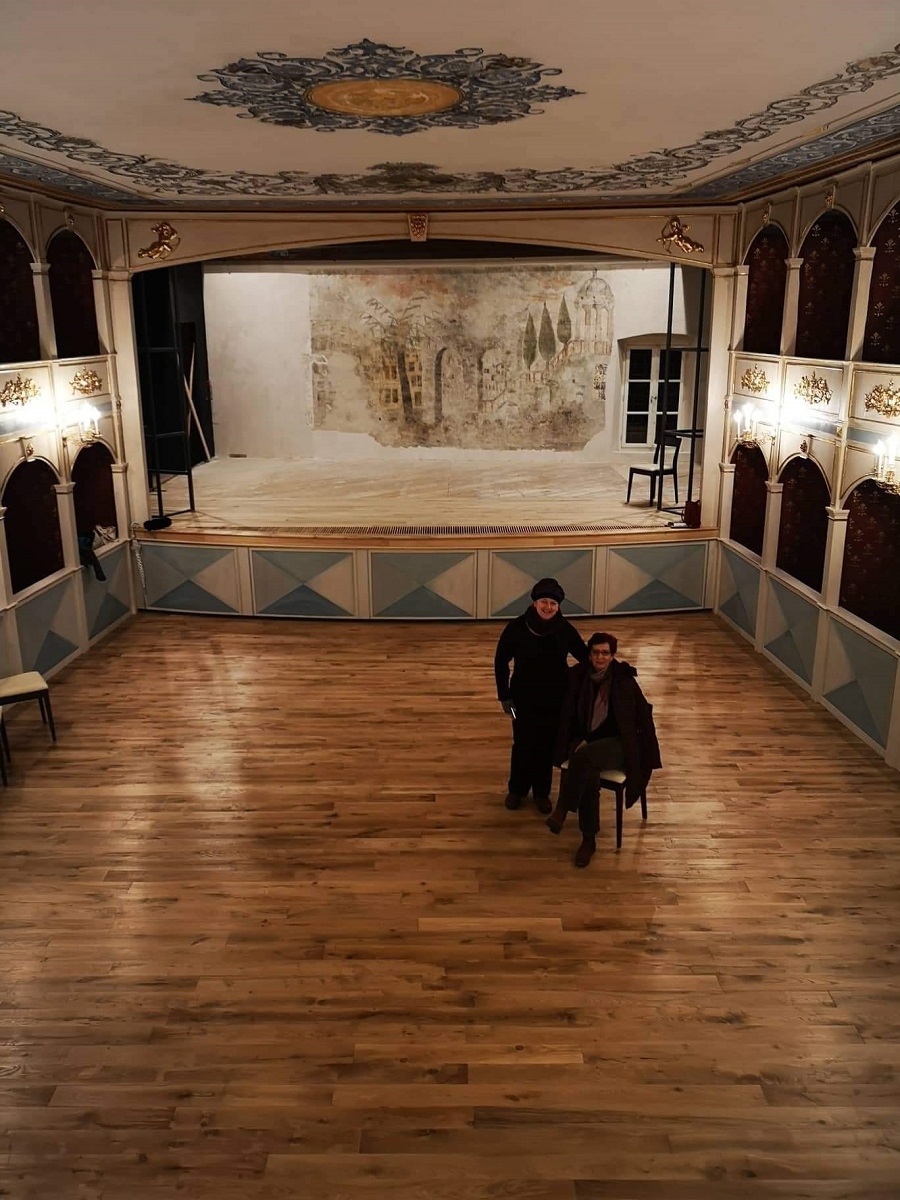
All this had an impact on the social awareness and sophistication of the entire population, which eventually resulted in the establishment of one of the oldest theatres and the first public theatre in Europe. Fortunately, Petar Semitecolo came to Hvar in 1611 as Prince Provveditore. He rebuilt the Arsenal, and in 1612 established a theatre. This Venetian was undoubtedly familiar with the experiences of the northern Italy theatres (Vicenza and Sabbioneta, where the first European theatres were created), which he used in Hvar.
The inscription IN THE SECOND YEAR OF PEACE 1612 marks his achievements in implementing the social and cultural agenda in honour of which he established this cultural institution for the benefit of all, regardless of their social status. This theatre is the first attempt at the democratisation of culture in Europe.
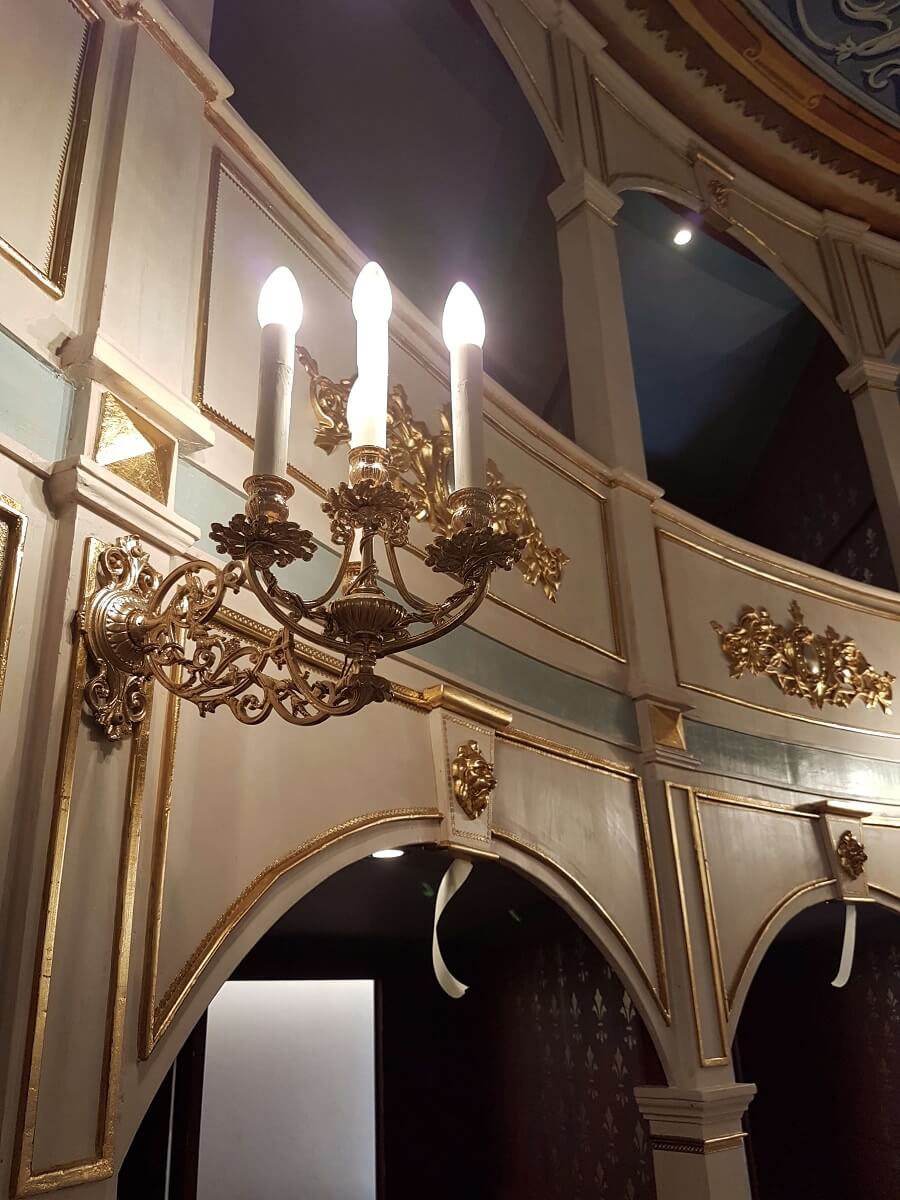
2. The theatre has been in existence for over 400 years. What was the Golden Era of Hvar's theatre, and why?
The first “golden era” of the Hvar theatre is 1612, the year of its early establishment and the fact that it has survived and operated for more than 400 years in such a small urban environment, isolated on an island and mostly far away from centres of power and high-culture content.
But the real golden age of the Hvar theatre is the 19th century after the Theatre Association was founded in 1803, which built up the interior as it exists even today and led the theatrical programmes. After 1921, the Theatre Association ceased operations and came under the administration of the municipality, but that did not end its activities entirely. In the 19th century, during the carnival period, which was also the primary theatre season, the theatre would have over 30 performances.
Various musical events were held, comedies and dramas were played, king’s birthdays were celebrated, “kavalkinas” were held, quadrille and “kontradansas” were performed. In 1838, the full opera Norma was played in the theatre. Hvar hosted many local and international music, drama and other amateur and professional companies from Hvar and from other parts of Dalmatia, as well as from Italy.
3. You wrote a magnificent book on the history of the theatre to mark the 400th anniversary back in 2012. Tell us about the research involved, and what new things did you learn?
When I participated in the founding convention of Perspectiv, a non-governmental organisation of the old European theatres, in Vicenza in 2003, held under the auspices of the EU, I realised that Europe did not know almost anything about the Hvar theatre and that the little available information was incorrect. Then I realised that it was necessary to write something and translate it so that it would be presented abroad. Therefore I started researching archives, books, funds, and everything related to the theatre.

Perspeciv allowed me to give a lecture about the Hvar theatre at a convention in England and defend my thesis about its survival as the first municipal theatre in Europe. I also got introduced to different old theatres in Italy, England, the Czech Republic and Austria, which is an invaluable experience. Later, as the manager of the Adriatic Old Theatre Route, which included South-Eastern Europe, I had an opportunity to visit and discover theatres in Croatia, Slovenia, Montenegro, Bosnia and Serbia.
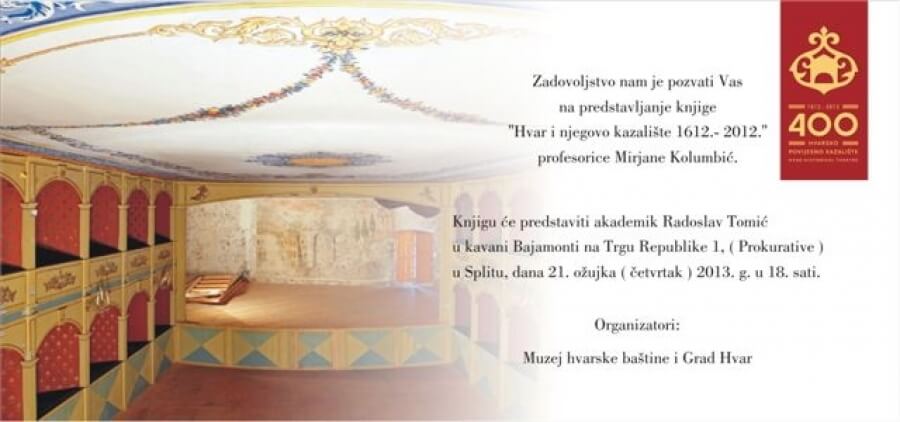
I have used all these invaluable experiences in my book, and I am now working on the second edition. During the research for the book, I managed to consolidate all archive finds, books, artefacts, photographs, drawings and the like in the Museum of Hvar Heritage, creating the Theatre Fund with over 2,500 units. I have learned a lot about theatres.
4. The theatre will reopen on May 1 after being closed for 20 years for renovation. How important an occasion will this be for cultural life on Hvar, and Croatia in general?
The opening of the theatre after an almost 20-year break, which is also the longest period in its history during which it was out of use, means a lot for Hvar, Croatia, but also theatre history in general. Returning to life a great facility such as Arsenal and the theatre is certainly a significant contribution to culture and the monumental heritage. Hvar is still linked with theatre and stage events, as evidenced by the Hvar Summer and other cultural events that happen throughout the year on Hvar.
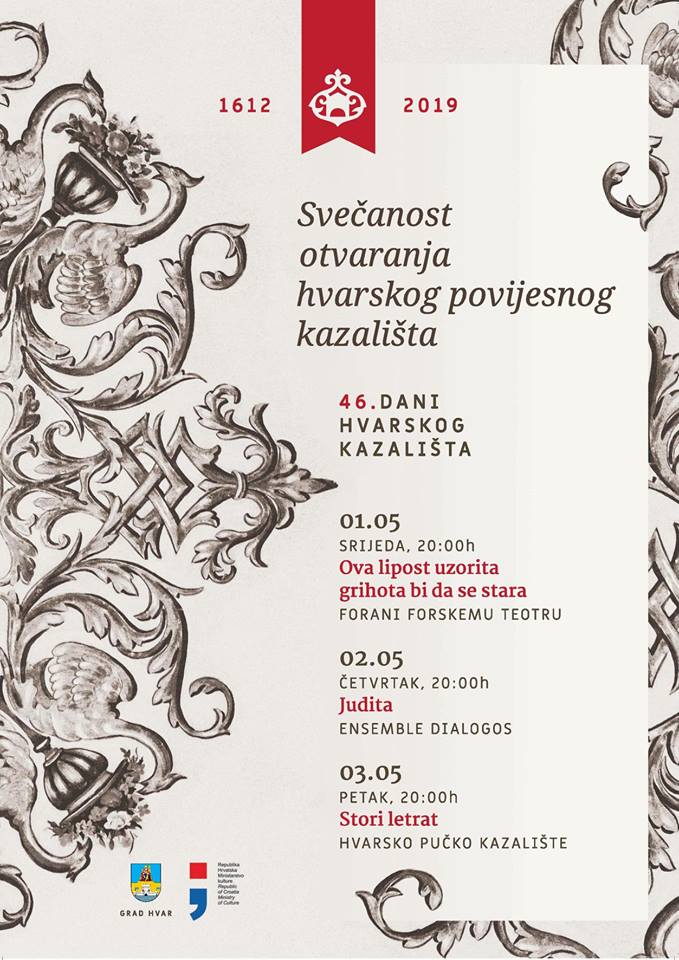
The Hvar Theatre will hopefully host many cultural events, but also enable us to host high-quality stage programs from Croatia and abroad. The theatre itself should keep its modest technical inventory and be used for small-stage stage performances based on heritage texts. More demanding plays, requiring more technical support, should take place on the ground floor of Arsenal, but I currently do not believe that it has been adequately equipped for this.
5. How do you see the theatre working after opening, in terms of numbers of performances, visiting theatre groups?
The Hvar Theatre and the Arsenal in which it is located are monuments of national importance for the Republic of Croatia, which has its place among the historical theatres of Europe and the history of arsenals of the Mediterranean. Therefore, they must first be treated as cultural monuments. The theatre, in my opinion, should also be equipped as a museum facility where rare artefacts, essential documents and objects will be exhibited to the audience, which will give visitors an insight into its history and significance. Therefore, group visits, attendance and all other events should be “calibrated" corresponding to the theatre’s capacity and age. Technically-demanding activities and visits should not be allowed.
6. You obviously know the theatre very well. What are your favourite details and why?
For me, the theatre is a small cultural jewel. It is one of the smallest theatres I have seen. Its charm is in the closeness of the stage and the audience. Our theatre has a humane interaction and closeness between spectators and actors. Still, the most precious element for me is the wall painting on the stage wall from 1819, which I helped discover under a newer painting during the restoration process in 1988, and we later processed it.
7. The theatre opening coincides with the Arsenal reopening as well as the first 5-star luxury heritage hotel on the site where organised tourism began in Europe. Are we seeing the start of a new cultural renaissance on Hvar, do you think?
The opening of the Arsenal and the theatre, with whose final appearance I am not entirely satisfied, is a significant event because it returns to Hvar two significant monuments and necessary facilities for cultural performances. The opening of the Palace Hotel, now Palace Elisabeth, is another crucial element in returning to Hvar a facility that represents a significant part of the town’s urban life and is alive in its urban memory.
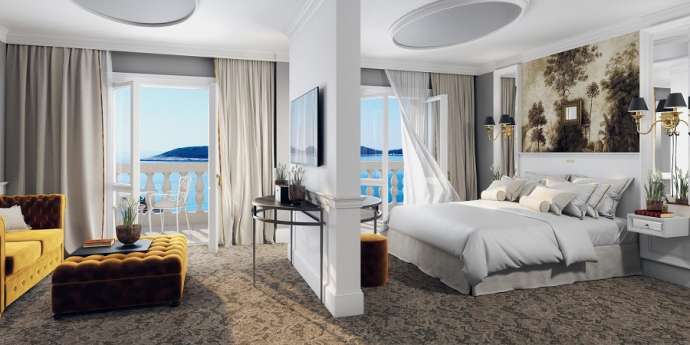
The revival of the Hvar centre with the important facilities we are discussing will return to the town the necessary culture and tourism content. I do not know whether it will contribute to raising the tourist bar to a higher level, although I would really want that to happen. But, this is a topic for another discussion with someone who knows more about it.
Many thanks to Mirjana, and also to the Go Hvar blog for some of the pictures, as well as two fascinating documents on the restoration process, which you can see on the Go Hvar site here and here.
To learn more about Hvar, check out the Total Croatia Hvar in a Page guide.
Hvar Announces Prices for Newly Reopened Oldest Public Theatre in Europe
April 24, 2019 - The oldest public theatre in Europe is set to reopen after renovation on May 1. Hvar authorities have announced ticket prices to visit this, and other heritage jewels for season 2019.
A big night for Croatian culture next week, as the oldest public theatre in Europe, on the island of Hvar, reopens its doors after almost 20 years of renovation.
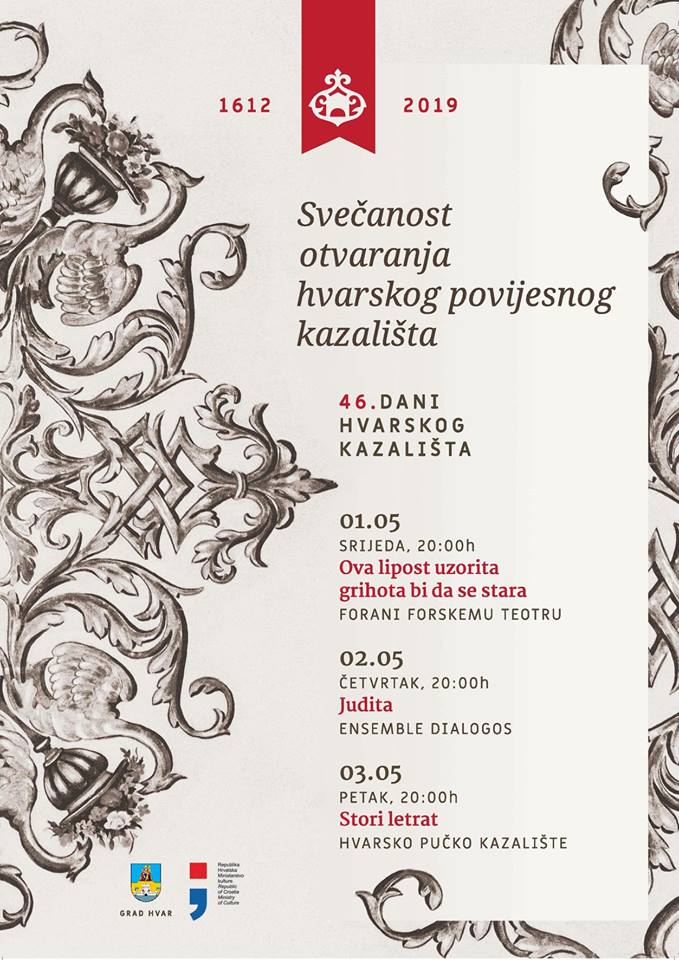
Opened in 1612, the theatre lies on the top floor of the imposing Arsenal building, which guards the entrance to the main square.
The official opening will be on May 1, with three theatre performances planned for the first three days.
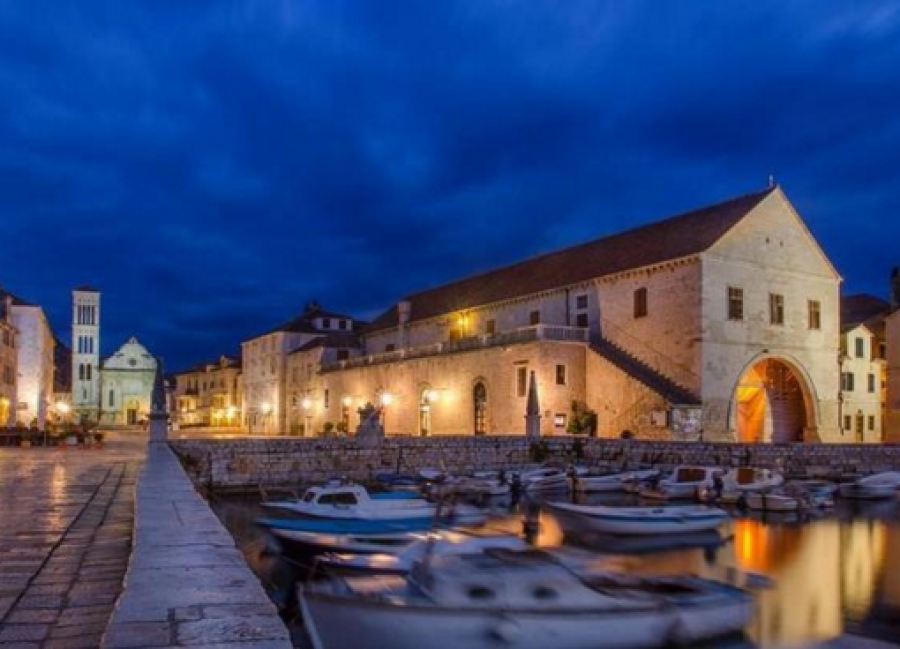
The Arsenal itself is also set to reopen this year after extensive renovation and upgrading. Apart from being a historic building, the Arsenal is also an impressive event location, from exhibitions and conferences, to themed dinners and concerts.
The Hvar authorities yesterday announced the 2019 ticket prices to visit these two newly-opened treasures. Ticket prices to include both facilities will be priced at 50 kuna including VAT (US$8.50). Children under the age of 7 have free entrance, with 50% discounts between 7 and 16. Groups of ten will receive a 10% discount with free entrance for the guide.
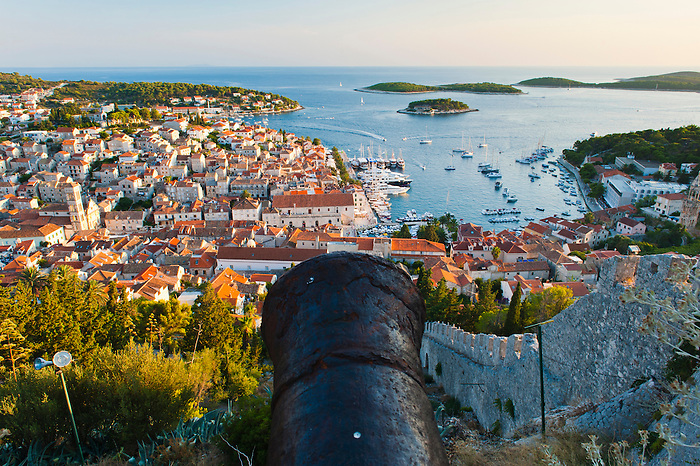
The Arsenal and theatre are not the only magnificent heritage buildings to visit in Hvar Town, of course. Visitors who make the effort to climb the steps to the Spanish Fortress are rewarded with some of the best views in all Croatia.
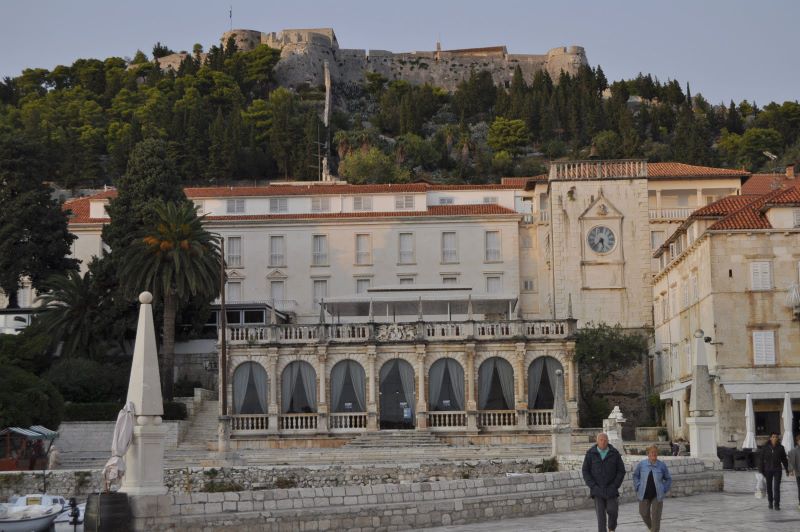
Ticket prices are also 50 kuna to visit the fortress, which is also pretty cool inside. If you want to combine all three attractions, you can do so for 80 kuna.
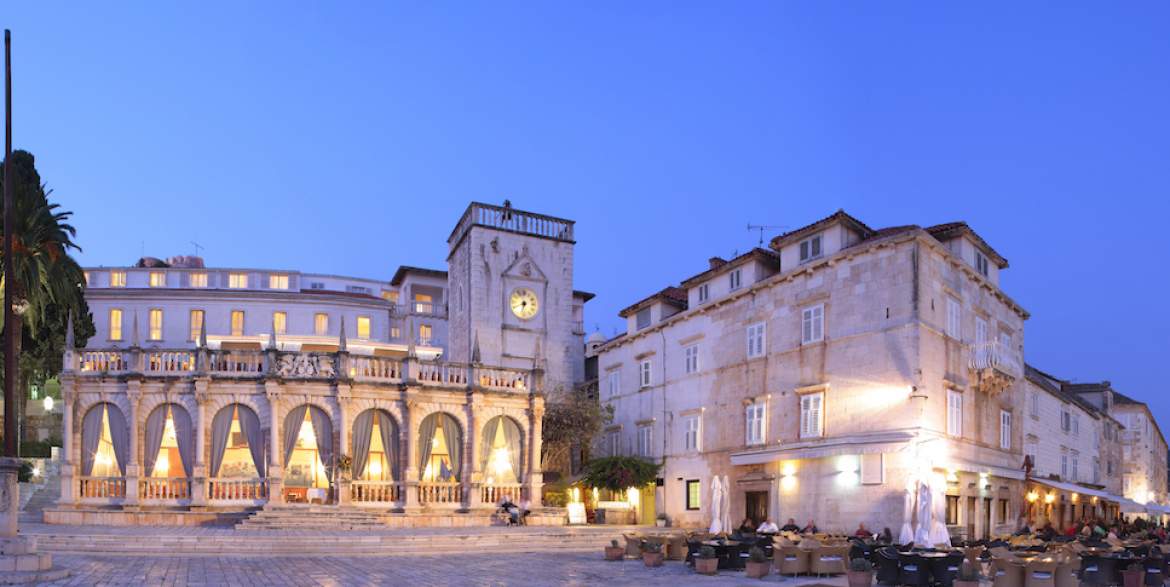
And if that is not enough heritage for you, why not then relax with a drink at the new Hotel Palace Elisabeth, Hvar's first luxury 5-star hotel which is opposite the oldest public theatre in Europe. And it has quite a story as well, being on the location where organised tourism in Europe began back in 1868.
To learn more about this magical island, check out the Total Croatia Hvar in a Page.
To follow the latest news from Hvar, follow the dedicated TCN page.
Oldest Public Theatre in Europe to Reopen on Hvar on May 1
March 28, 2019 - Another boost for tourism on Hvar as the oldest public theatre in Europe will reopen in May after almost two decades of restoration.
Some 417 years after its first opening, the oldest public theatre in Europe is once more set to entertain theatre goers, as the town of Hvar has announced that the first performance in the newly restored Hvar Public Theatre will take place on May 1.

The theatre, which originally opened in 1612, has been an important part of Hvar cultural life over the centuries, and it is one of three historic buildings set to reopen after refurbishment this year, further boosting Hvar's image as an island of culture and heritage.
The theatre sits on the top floor of the imposing Arsenal, which guards entrance to the majestic main square of Hvar Town. The Arsenal itself has undergone its own upgrade, which was somewhat delayed after the remains of Roman civilisation were found beneath its floor.
Across the historic square, Dalmatia's largest at 4,700m2, another heritage chapter will unfurl its latest chapter this summer. Last year Hvar celebrated 150 or organised tourism in Europe, the first destination to offer it with the founding of the Hvar Health Society in 1868. The location of the first accommodation has undergone quite some change over the years, most recently as the 2-star Hotel Palace.
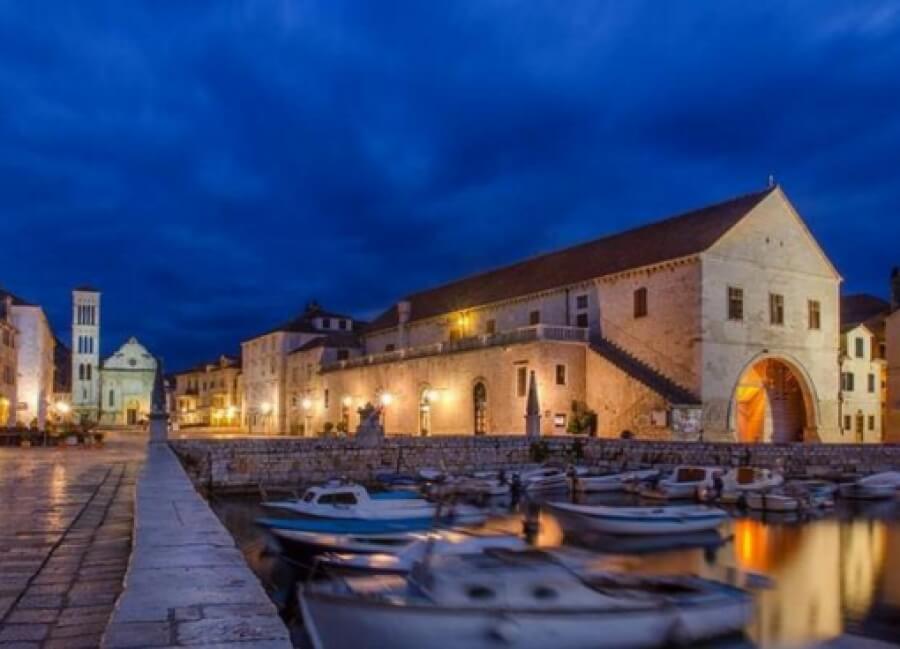
(Photo Hrvoje Bakovic)
Add a few stars and a major investment into quality, and the 5-star Palace Elisabeth boutique heritage hotel is set to open its doors at the first 5-star hotel on Croatia's premier island. Imagine staying in the location where organised tourism in Europe began, then having a pre-theatre cocktail on the terrrace overlooking Dalmatia's largest square, then crossing the square for a performance at the oldest public theatre in Europe. And some think Hvar is just a party island. You can learn more about the new hotel owned by Suncani Hvar Hotels - it is destined to be a major hit as guests to the exclusive island seek out quality.
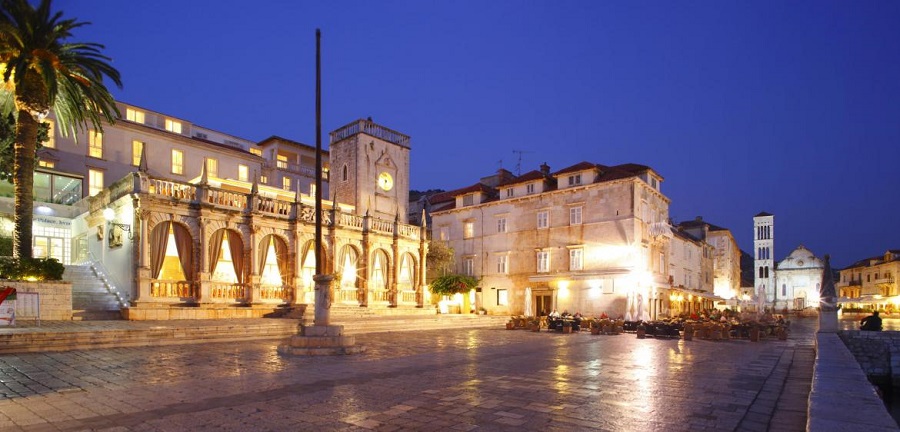
(Hotel Palace will reopen at Palace Elisabeth hvar heritage hotel)
The Hvar authorities have announced two performances to take place at the Hvar theatre as part of the 46th Days of Hvar Theatre, on May 1 and May 2, with more events set to be announced. These are:
May 1 - "Ova lipost uzorita grihota bi da se stara" performed by Forani forskemu teotru
"Judita" performed by Ensemble Dialogos
Looking for a sneak peak inside the oldest public theatre in Europe?
2019, Year of Hvar Heritage: Welcome Back Arsenal, Theatre, Hotel Palace Elisabeth!
February 6, 2019 - Fresh from celebrating 150 years of the oldest organised tourism in Europe, Hvar heritage welcomes back three renovated cultural giants this year.
I heard about the island of Hvar for the first time about 24 hours before I bought a house there. I ended up buying a house after pointing to number 6 on a list of 10 interesting places to live in Croatia.
By the time I signed the pre-contract hours after first trying to pronounce its name, all I knew about my new home was that it was very beautiful and had lots of tourists in August.

Everything since then has been a true voyage of discovery. I learned that I had landed on the sunniest island in Europe, no mean feat for a boy born in the rain in Manchester. I learned that this was the island where organised tourism in Europe began in 1868. I learned that my new home had more UNESCO heritage than any island in the world. Hvar heritage was so impressive, in fact, that among the heritage NOT included in that impressive UNESCO list was the oldest public theatre in Europe. This island was incredible! And we hadn't even go to the story of its food and wine, including the most expensive olive oil in the world, and one of the oldest olive trees at 2,500 years old.
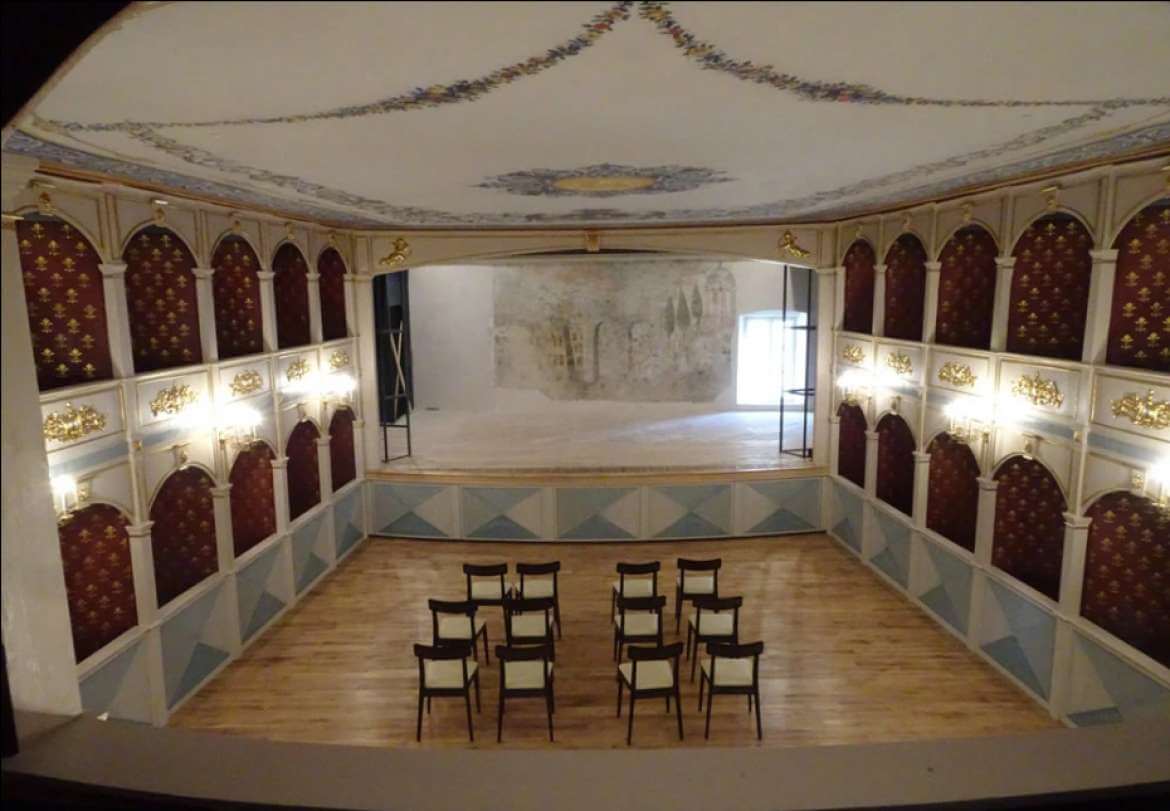
Last year was a major celebration from Hvar Town. It celebrated 150 years of organised tourism in Europe, the very first place after the founding of the Hvar Health Society on May 15, 1868. As successful as the anniversary year was, it took place without three functioning giants of the Hvar heritage world - that oldest public theatre, the Arsenal below the theatre, and the historic Hotel Palace across the large square in Dalmatia.
And, quite by chance, after varying lengths of renovation, all three are set to reopen in 2019, making the 151st year of organised tourism in Europe one of the most exciting yet for the town.
Probably the most eagerly anticipated reopening is of the much-loved Hvar theatre. Built in 1612, it is a symbol of the high levels of culture that Hvar has always enjoyed. I can't recall it ever being open since my arrival on the island in 2003, and it has been in a permanent phase of reconstruction for over a decade, even missing its 400th anniversary in 2012. But now things are finally finished, and the first play is tentatively planned for May this year. Take a tour of the newly renovated theatre here.
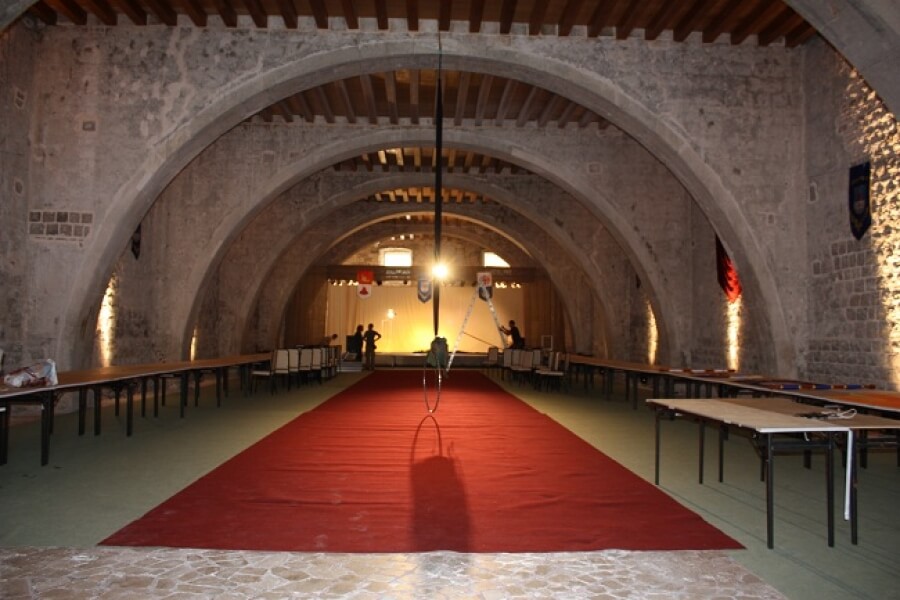
The theatre is on the first floor of one of the most impressive buildings in all Dalmatia, the Arsenal. This majestic stone structure guards the entrance to Hvar's massive square and has been doing so since its construction was ordered by Venice back in 1292. It started life as a shipyard, was burned by the Turks in 1571 and rebuilt in 1611. Today it is a very impressive multi-functional event location, hosting conferences, concerts, exhibitions and banquets. Renovation of the Arsenal was slowed considerably when yet more Hvar heritage was discovered below its floor a couple of years ago in the shape of Roman artifacts.

The renovation process will be complete by April 1, toilets will finally be added to the facility (one of its major drawbacks previously), and a new stone floor and large wooden door to return it to its original feel will be added.
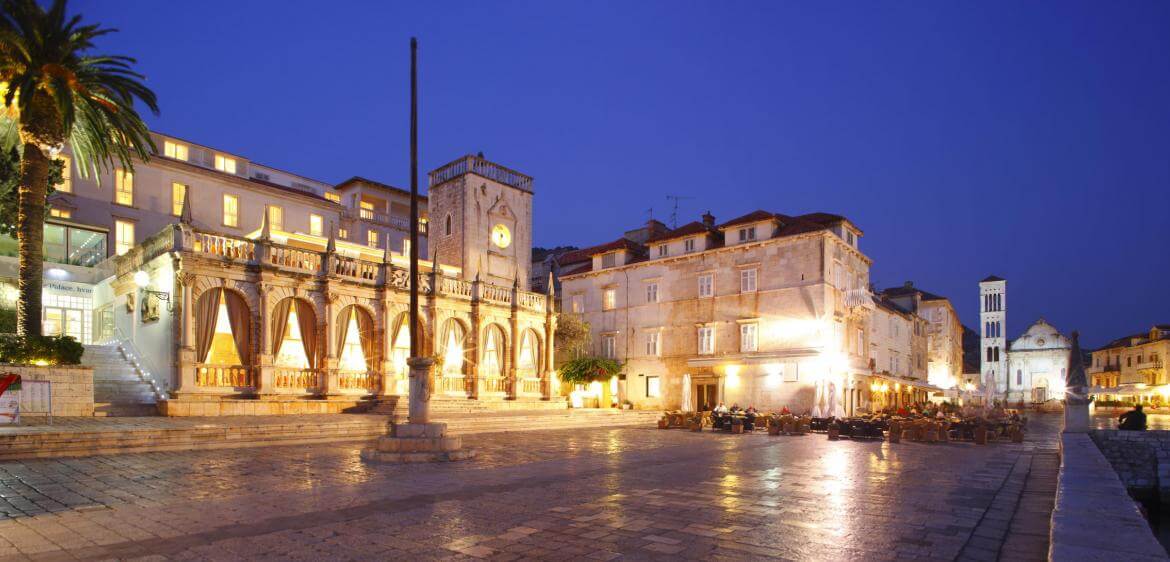
But perhaps the best news for tourists looking for something a little extra is the scheduled opening of the first 5-star hotel on the 5-star island. Hotel Palace Elisabeth is the first boutique Hvar heritage hotel, and it will be adding three stars to the previous Hotel Palace. The new-look hotel will be open for business this summer, with a June opening targeted. Fittingly, it is located on the very spot where the first organised Hvar tourism took place way back in 1868.
The main square in Hvar Town is the biggest in all Dalmatia, and what treasures it beholds. Newly reopened for this season - the oldest public theatre in Europe, the 13th-century Arsenal, and a superb boutique luxury hotel, which oozes charm and hints of the island's rich cultural past. To learn more about Hotel Palace Elisabeth, visit the Suncani Hvar website.
Oldest Public Theatre in Europe Set to Reopen on Hvar
Hvar Theatre, the oldest public theatre in Europe, is opening its doors to the public after 20 years of renovation works.
Top 5 Must-See Sites in Hvar Town
Hvar town is without a doubt the busiest town on the island of Hvar. Known for the glitz and glam which appeals up to 20,000 visitors a day during the summertime, this 13th century town has plenty to offer.

